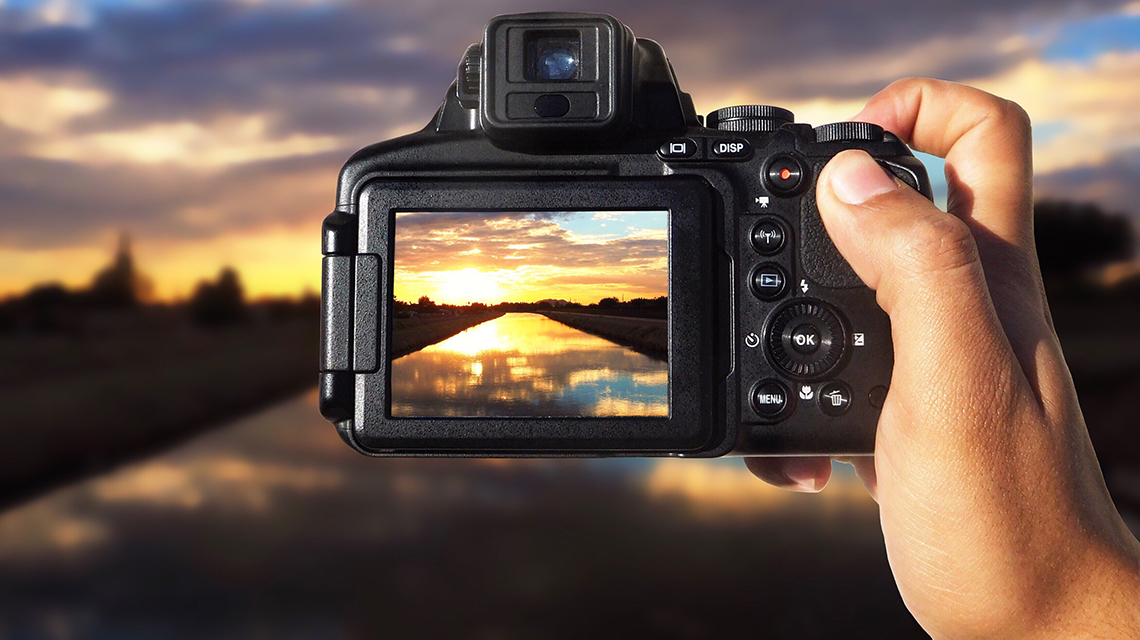Viva Resa: Your Gateway to Insightful Living
Discover news, trends, and tips for a vibrant lifestyle.
Say Cheese: Why Your Camera Might Be Smarter Than You Think
Discover the surprising intelligence of your camera! Uncover tips to enhance your photography skills and outsmart your own device.
Unlocking the Secrets: How Your Camera's Features Outsmart Your Eye
In the world of photography, cameras possess a range of features that can often surpass the capabilities of the human eye. For instance, cameras can capture images at varying exposures and frame rates, allowing photographers to freeze fleeting moments in time or delve into intricate details that the naked eye may overlook. Auto-focus systems can track moving subjects with precision, ensuring sharp details, while features like HDR (High Dynamic Range) combine multiple exposures to produce images that beautifully represent both shadows and highlights in a way that our eyes struggle to perceive in one glance.
Beyond basic shooting capabilities, advanced photographic tools like image stabilization enhance clarity by counteracting hand tremors and vibrations, making it easier to capture steady shots in challenging conditions. Moreover, the use of various lenses allows for creative effects such as bokeh, which softens backgrounds to highlight the subject, something that our perception can struggle with in busy environments. With such features at their fingertips, photographers can truly unlock the secrets of their camera's potential, creating stunning visuals that tell a story beyond what we see with our own eyes.

Top 5 Surprising Camera Technologies You Didn't Know Existed
In a world where technology is advancing at breakneck speed, photographers and enthusiasts may be unaware of the surprising camera technologies that are revolutionizing the way we capture images. One remarkable innovation is the computational photography technique, which uses algorithms to enhance images captured by traditional sensors. This technology allows for better low-light performance and can even combine multiple images to create stunning high-dynamic-range (HDR) photos. The potential of computational photography is not just limited to smartphones; it's making waves in professional cameras as well.
Another intriguing camera technology is motion tracking, typically used in film production but increasingly found in consumer cameras. This technology enables the camera to follow subjects in real time, providing a unique perspective and cinematic quality to everyday videos. Additionally, 360-degree cameras are gaining traction, allowing users to create immersive experiences by capturing a complete panoramic view of their environment. These developments highlight just a fraction of the innovative ideas reshaping photography, making it an exciting time for both creators and spectators alike.
Is Your Camera Making Better Decisions Than You?
In today's fast-paced world, our reliance on technology has reached unprecedented levels, and this includes the way we capture moments through photography. Is your camera making better decisions than you? With advancements in artificial intelligence, modern cameras now have the capability to analyze scenes, adjust settings, and even recommend compositions. Features such as auto-focus and scene recognition allow your device to make choices that can enhance the quality of images in ways that human judgment may sometimes overlook. For amateur photographers, this technology can be a game-changer, allowing them to achieve stunning results without extensive knowledge of photographic techniques.
However, it's essential to consider the implications of relying solely on automated processes. While it might seem convenient for a camera to dictate the best angle or lighting, it can also lead to a decline in personal creativity and artistry. Photography is not just about technical proficiency; it's about expressing your unique vision. Therefore, while your camera can certainly assist in decision-making, it should serve as a tool rather than a crutch. Ultimately, striking a balance between utilizing technological advancements and nurturing your own creativity is vital for creating compelling images that tell your story.